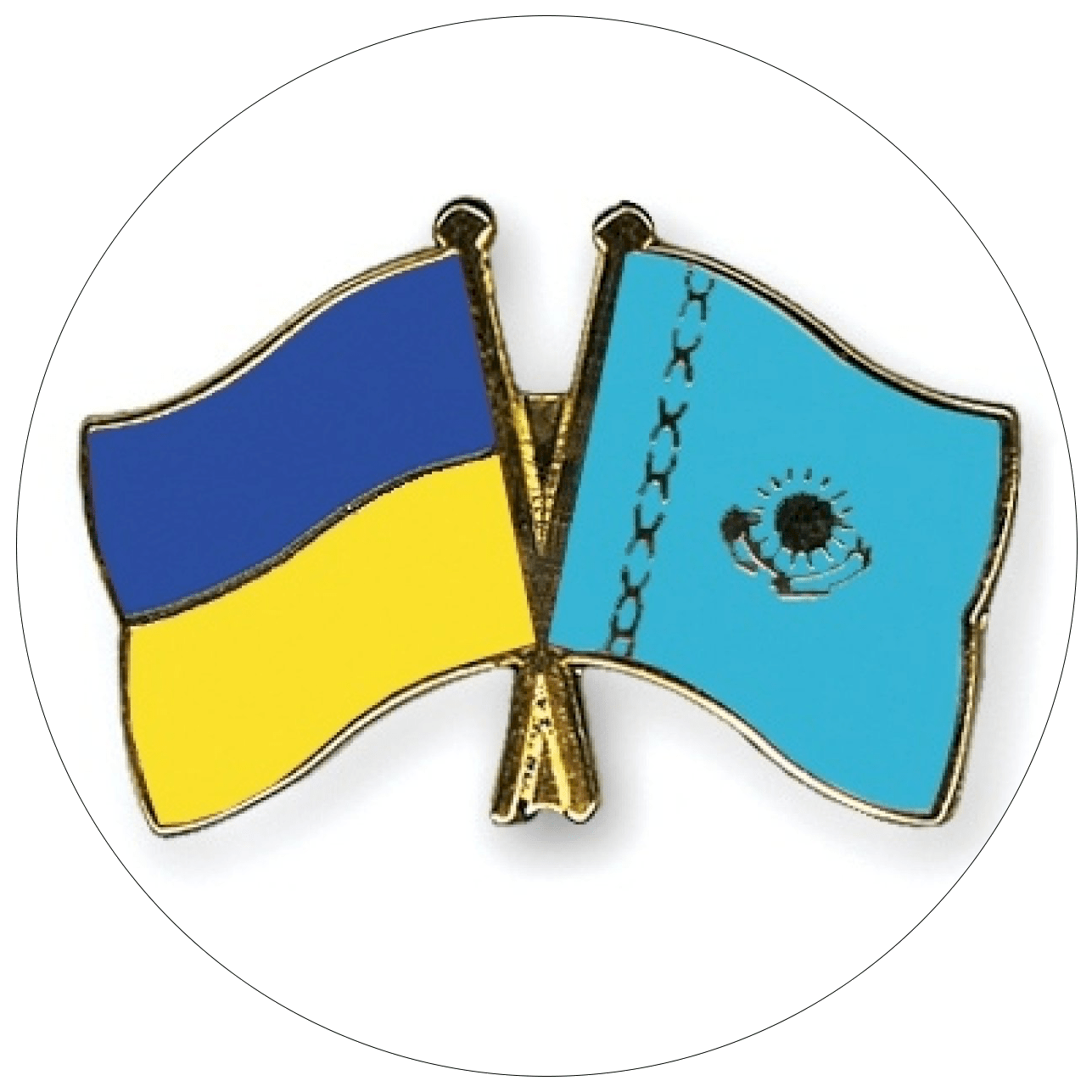Political Leadership Style in Kazakhstan
Almaz Tolymbek
The purpose of this paper is to offer an outcome of the undertaken study of political leadership quality of Nursultan Nazarbaev, the first President of Kazakhstan. Leadership quality is arguably one of the most salient issues for the entire post-Soviet region in which a turnover of political elites has taken place in a majority of the former Soviet Union member-states including those having witnessed “colored revolutions”. In this regard, of no less importance is the following question: Have there been significant changes in quality of the political leadership exercised by these new leaders vis-à-vis their predecessors? And how does Kazakhstan, as compared to other post-Soviet nations, fare as it is preparing to take over the OSCE chairmanship role in 2010, which will expose to a serious scrutiny both its current President and prominent opposition and alternative camp leaders.
The issue of political leadership quality has so far undergone rather a scant examination whereas a leader’s effectiveness in formulating and addressing the most salient societal issues has always been a natural criterion for his/her assessment by any nation in question. In this respect, leadership style of a political leader can be viewed as a key characteristic to offer insights as to the appraisal and prognosis for his/her leadership effectiveness. That is why and in view of the increasing salience of this issue over the next decade, it seems timely and appropriate to perform, from the perspective of independent expert, analysis of the leadership style of the first Kazakhstan President based on the wide-known theory by an American political psychologist, James Brown. This scholar has once provided an examination of a few US Presidents including Franklin Roosevelt, Harry Truman, John Kennedy, Lyndon Johnson, and Richard Nixon, drawing upon his own theory of political character types. Along the same vein, the present paper features an attempt to apply the indicated theory of “Presidential character” to the case of Nursultan Nazarbaev as a political leader.
Under his model, Barber has earlier developed a classification of political characters based on the two following dimensions: positive-negative and active-passive. Their essential meaning could be expressed as follows: active character type stands out for his/her self-confidence, sense of initiative, and taste for taking the lead whereas passive type tends to appear with a low self-esteem, weak sense of enjoyment in leadership, and as rather a reactive than a proactive player in politics. Further, positive character type is reflected in optimism, adaptability, flexibility in reactions, and pragmatism in contrast to negative type leaning toward rigidity in defending a position, displaying lack of ability in overcoming his/her aggressive reactions, or being over-zealous with certain principles and decision-making procedures.
As real-life instances for each of those political characters as possible combinations of the four types, the following American Presidents could serve this purpose: Franklin Delano Roosevelt, Harry Truman, and John Kennedy as active-positive characters; Woodrow Wilson, Lyndon Johnson, Richard Nixon, and now finishing his incumbency George Bush Junior as an active-negative pattern; William Taft, Ronald Reagan, and Bill Clinton as passive-positive characters; and finally Calvin Coolidge and Dwight Eisenhower as a passive-negative type.
Now, to launch analysis and to present arguments supporting relevant conclusions at the end of the paper, a retrospective journey is offered into the political biography of the Kazakhstan top leader intertwined with a recent history of his young nation-state.
At the outset, it appears appropriate to point to the previous leadership selection and formation system of the Soviet age because “for all its myriad faults, the Soviet system did provide rough but genuine ladders upward for ambitious, capable citizens, even those from remote cow-herding kolkhozes deep in Kazakhstan” (Olcott).
In this regard, the former system also gave a chance for conquering political power summits to a young man from village of Chemolgan in Almaty province, Nursultan Nazarbaev who carried within himself a native Kazakh identity crucial in the local political playfield. On the other hand, this system also helped develop his sense of dual identity characteristic of many non-Russian leaders of the recent past who made their way up the ranks of the Soviet political system. In fact, Nazarbaev seems to comprise in his profile a rural upbringing in the childhood, modern technical education obtained in Ukraine in the early youth age, and manufacturing experience in the Karaganda region viewed as ““the other Kazakhstan, heavily industrial, mineral-rich, and Russianized almost to the point of ethnic exclusivity” (Olcott). This early adulthood study and work experience in the Slavic-dominated environment has arguably served him as a tough “school of life”, which has contributed to developing competitive attitude and hard-work skills. On the other hand, as cases of other top-level Soviet leaders demonstrate, this technical-industrial focus in career track was the major advancement path to the Soviet political Olympus.
To shed further light on characters of local-origin leaders in the Soviet context, it is important to emphasize this dual-identity sense of ethnic elites who had grown up to prominent local and national (Soviet central-level) positions under Brezhnev rule maintaining the dual-layer identity as Soviets and a local ethnic group, but suffered a blow to their sense of national pride by re-russification personnel policies by Gorbachev. It could be argued that already back then Nazarbaev displayed the active-positive type behavior, in Barber’s terms, even if his being passed-by by Gorbachev in 1986 must have been a blow to his ego (self-esteem) as aspirant for the top leadership position in Kazakhstan that he would reasonably expect in view of his pro-reformist public stance and support for Gorbachev’s policies. Indeed, this painful disillusionment has not led to a rebellious reaction as was the case with Boris Yeltsin who, under Barber’s typology, upon his dismissal from the CPSS Politburo in 1987 revealed rather an active-negative type of character that he has appeared to demonstrate in a blasting stand-off against the party line arguably driven by personal revenge motives against Gorbachev.
Despite the possibility that Nazarbaev “bore in…soul a repressed national pride,” which he might have seen as “the main cause of the collapse of the USSR” (Olcott), in 1987-1989 he has seemingly channeled this disappointment via the economic policy venue. Particularly, he criticized the new Russian appointee in Kazakhstan, Gennady Kolbin based on his poor performance as economic manager over perestroika policy implementation in the republic. This non-rebel reaction and ability to wait till the right time seem characteristic of Nazarbaev who, in two years and half, was finally appointed by Gorbachev to the top position in the Kazakh political hierarchy in 1989. Moreover, his political star continued its rise thereafter. In fact, as an expert ranking of late Soviet leaders shows, Nazarbaev held the highest ranking among the then Soviet political elite under Gorbachev on the question: Who in your opinion, had decisive influence on Gorbachev in the formulation of the Union Treaty?
Once chosen for the role of a new Kazakhstan top leader, Nazarbaev has nevertheless maintained his economic emphasis in his public stands in the all-Soviet arena, which surely has been his primary strength drawing on an extensive experience gained in managing an industrial enterprise, a regional, and then national economies of Kazakhstan. In this respect, as Olcott states, his political strategy “is probably best understood as that of an economic manager who is attempting to make the most rational decisions he can in the best interests of the enterprise of which he is charge, based on a shifting and expanding body of information.”
To be continued.

 Поддержать
Поддержать
 Smart
Smart  Культурная среда
Культурная среда  Общество
Общество  Политика
Политика  "Законы XII таблиц"
"Законы XII таблиц"  Бизнес
Бизнес  Досье и мифы
Досье и мифы  Асар в Украине
Асар в Украине 


Комментариев пока нет